Optimal Timing for Fence Services
Fence service encompasses installation, repairs, and maintenance to ensure durability and aesthetic appeal. Proper timing can extend the lifespan of a fence and reduce long-term costs. Understanding seasonal and environmental factors helps determine optimal periods for fence work.
Spring is ideal for repairing and maintaining fences after winter. Temperatures are moderate, allowing for effective staining, sealing, and fixing of damages caused by snow and ice.
Summer offers longer daylight hours and warmer weather, making it suitable for new fence installations. Consistent weather reduces delays and ensures quality work.
Fall is a good time to prepare fences for winter by inspecting and addressing minor issues. It allows for completion before cold weather sets in, preventing further damage.
Winter is generally less suitable for fence installation or repairs due to cold temperatures, snow, and ice. However, some maintenance tasks can be performed if weather permits.
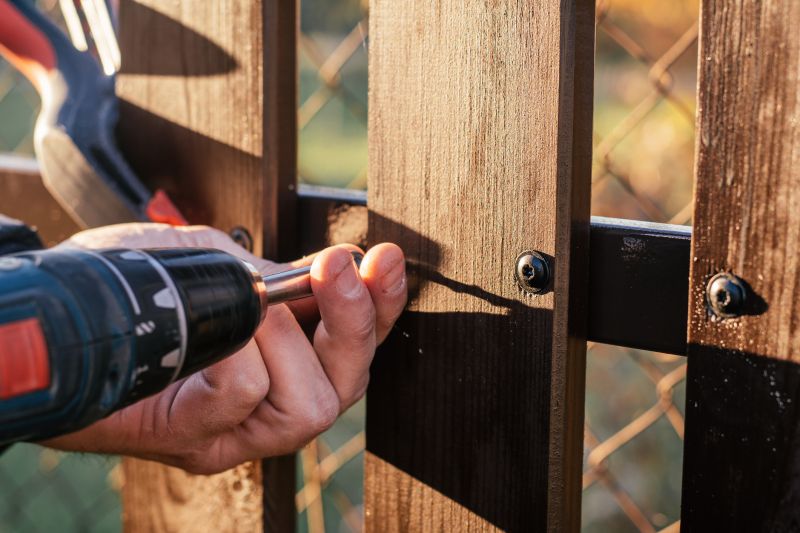
Ways to make Fence Service work in tight or awkward layouts.
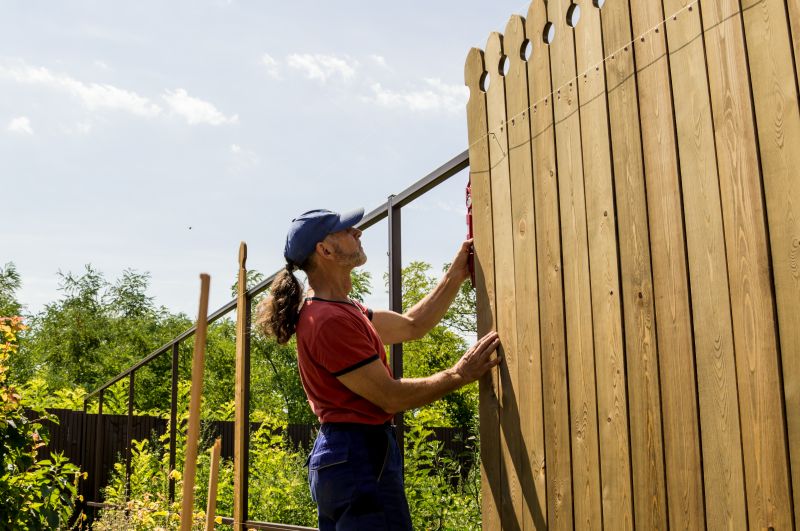
Popular materials for Fence Service and why they hold up over time.
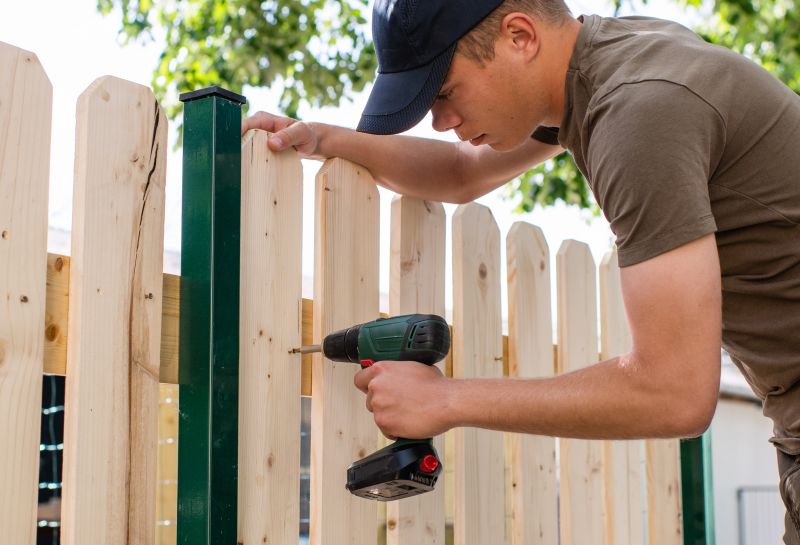
Simple add-ons that improve Fence Service without blowing the budget.
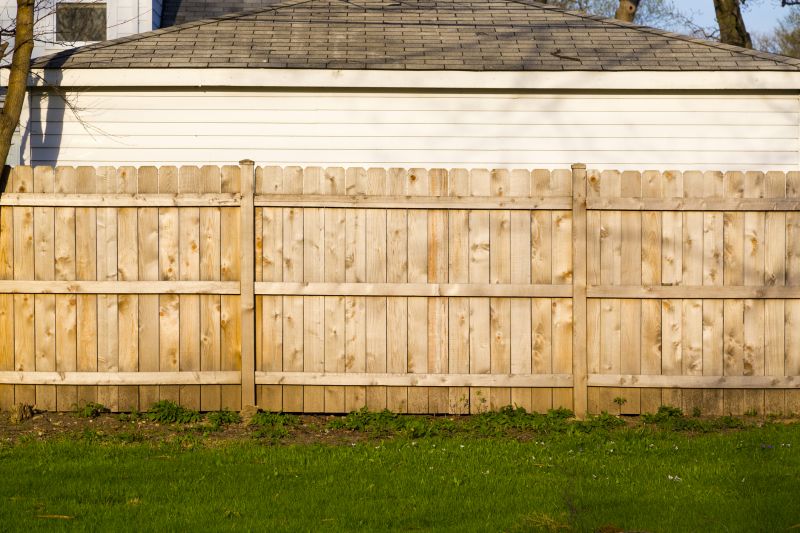
High-end options that actually feel worth it for Fence Service.
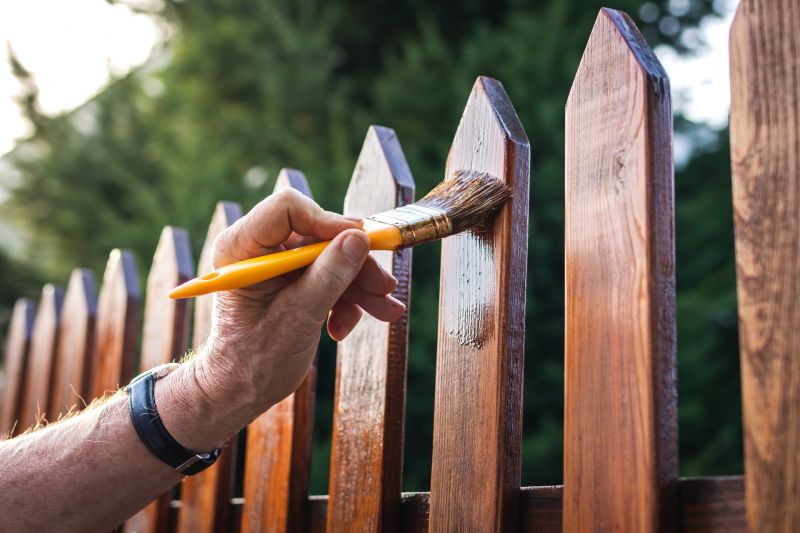
Finishes and colors that play nicely with Fence Service.
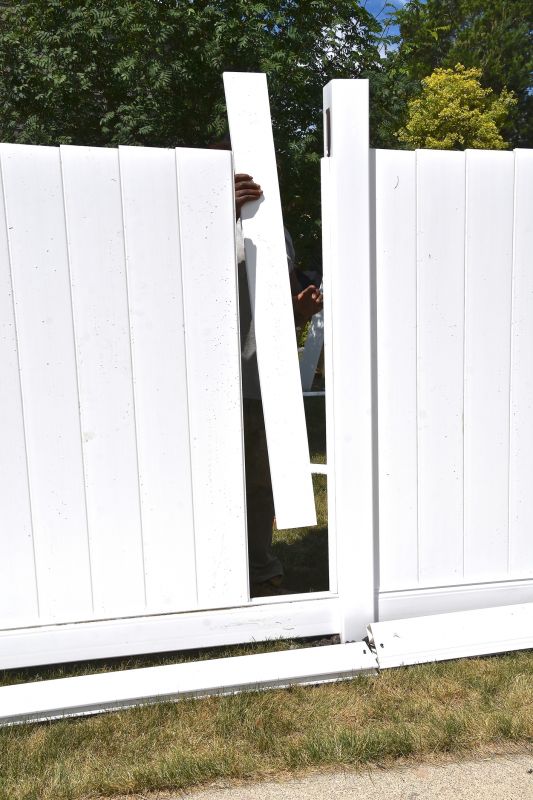
Little measurements that prevent headaches on Fence Service day.
| Season | Recommended Fence Service Activities |
|---|---|
| Spring | Repairs, staining, sealing |
| Summer | Installation, touch-ups |
| Fall | Inspection, minor repairs |
| Winter | Limited repairs, inspections |
| Pre-winter | Preparation and maintenance |
| Post-winter | Damage assessment, repairs |

